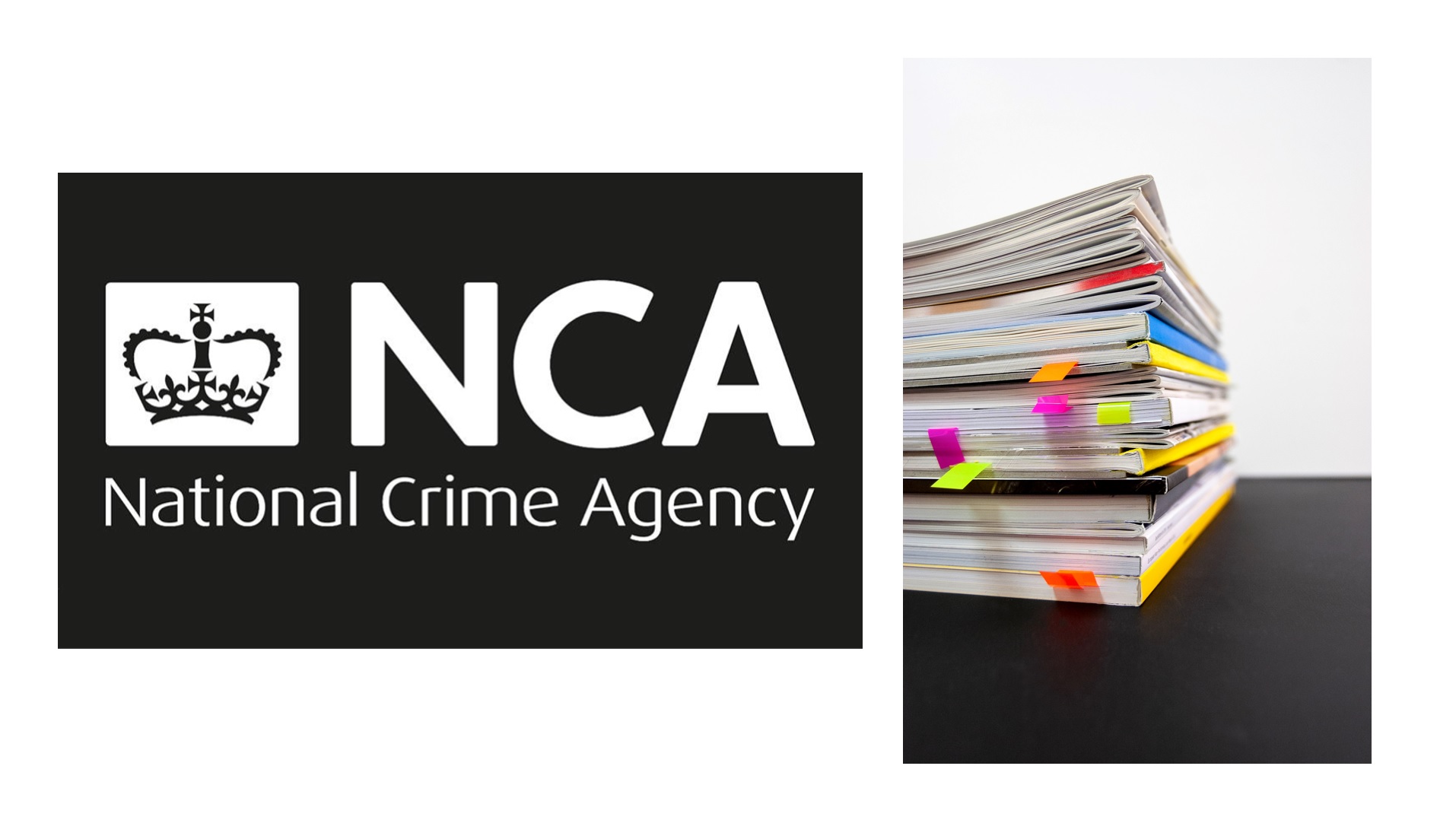
Christina Poursanidou
Christina Poursanidou is a qualified lawyer based in London, specializing in financial crime compliance. With a background in both the legal and finance sectors, Christina has 6 years of experience in dealing with various Anti-Money Laundering (AML) challenges. Her commitment to fighting against financial crime is driven by the belief that anti-financial crime professionals are not only safeguarding organizations from reputational risks and regulatory fines, but also actively contributing to the protection of fundamental human rights.
In April the U.S. Department of the Treasury released the 2023 De-risking Strategy, which examines the phenomenon of de-riSKIng by financial institutions.
Similarly, three months prior to that, the UK Financial Conduct Authority (FCA) issued a warning to regulated entities, emphasising that effective management of money-laundering risks should not automatically lead to wholesale de-riSKIng and cautioned that during its anti-money laundering (AML) compliance reviews, it would take into account de-riSKIng strategies that may give rise to concerns related to consumer protection or competition issues.
At the European level, the European Banking Authority (EBA) last year has issued alerts emphasising the harmful consequences of unjustified de-riSKIng practices.
While discussions and policies surrounding de-riSKIng continue to gain prominence, the Russian-Ukrainian crisis, coupled with more frequent and intensified regulatory reviews by the regulators on a global scale, has exacerbated the problem.
De-riSKIng, as defined by the Financial Action Task Force (FATF), refers to the practice where financial institutions terminate or limit business relationships with clients or specific client categories in order to avoid, rather than manage, risk in accordance with FATF’s risk-based approach.
Put simply, de-riSKIng is a strategic measure adopted by firms when they are unable or find it infeasible to effectively manage the money laundering risk associated with a particular business relationship. In other words, the financial or reputational costs involved in ensuring compliance with anti-money laundering and counter-terrorism financing (AML/CFT) requirements are deemed too significant to justify establishing or sustaining a specific high-risk customer relationship.
The drivers behind de-riSKIng can vary, including concerns over profitability or a lack of proper interpretation of regulations.
A key factor is the increasing anti-money laundering (AML) regulation itself, since regulated entities opt to de-risk, as a result of the apprehension surrounding potential penalties, sanctions, criminal charges against individuals, as well as reputational damage.
Furthermore, regulated entities with a higher risk appetite face elevated compliance costs. To avoid these increased costs, they prefer to adopt a more “mainstream” risk appetite, rather than expanding their services for clients and products that may appear inherently riskier.
One might wonder why the act of deriSKIng is seen as wrongdoing committed by the regulated entities.
After all, they are just following AML laws and excluding higher risk clients from the financial system. Unfortunately, this perception is far from accurate. There are numerous compelling arguments against deriSKIng:
● It is often employed as an excuse to evade the implementation of a risk-based approach in accordance with FATF standards. The FATF Recommendations explicitly require financial institutions to terminate customer relationships on a case-by-case basis only when the risks associated with money laundering and terrorist financing cannot be mitigated. It is not in line with FATF standards to indiscriminately sever ties with entire customer segments without duly considering the level of risk of individual customers within a specific sector.
● This practice leads to financial exclusion and isolation of whole categories of clients, which may search for alternative options. These options may usually be payment service providers or banks which lack awareness or the ability to effectively manage the money laundering risks posed by certain customers. Thereby the risk of dependence on shadow banking is increased.
● The recourse to shadow banking by clients undermines the goal of sharing of information among regulated entities.
● It has an adverse impact on trade, since transactions become more complex, expensive, and time-consuming, especially for consumers in countries where the ability to engage in trade is being “de-risked.”
● De-riSKIng presents a substantial risk to humanitarian organisations and charities that depend on specialised financial services to provide critical aid to vulnerable populations in developing nations.
Drawing near to the conclusion of this article, you may have noticed that the term “de-risking” was spelled with “SKI” capitalized. This is not an error, but a deliberate choice made by the writer.
To illustrate the concept, let’s draw a parallel between an organisation’s risk appetite and a mountain with ski slopes. Ski enthusiasts are familiar with the various levels of difficulty represented by different coloured ski slopes: green (easier slopes for beginners), blue (slightly more challenging), red (even more difficult and requiring a certain level of competence), and black (the most demanding and dangerous slopes suitable for professional skiers).
Similarly, an organisation’s risk appetite can be compared to these ski slopes. It includes low-risk clients (comparable to green slopes), medium-risk clients (more risky than low-risk clients but still not significantly, similar to blue slopes), high-risk clients (posing the highest acceptable risk, compared to red slopes), and clients that fall outside the organisation’s risk appetite (inherently the riskiest clients that the organisation cannot provide services to, similar to black slopes).
As the slope becomes more challenging, the sport becomes more exhilarating. To access the most challenging ski slopes, training and skill development are essential.
Likewise, to avoid resorting to wholesale de-risking practices, organisations must ensure proper interpretation of the law, provide comprehensive training to their staff, and adopt a risk-based approach, which lies at the heart of AML regulations. By adopting these practices, they can proficiently navigate risks and reap the rewards of customers who may inherently carry greater risk.
Through effective individual risk assessment and diligent monitoring, these risks can be largely mitigated, rather than completely avoided.
Share this on:
Follow us on:








